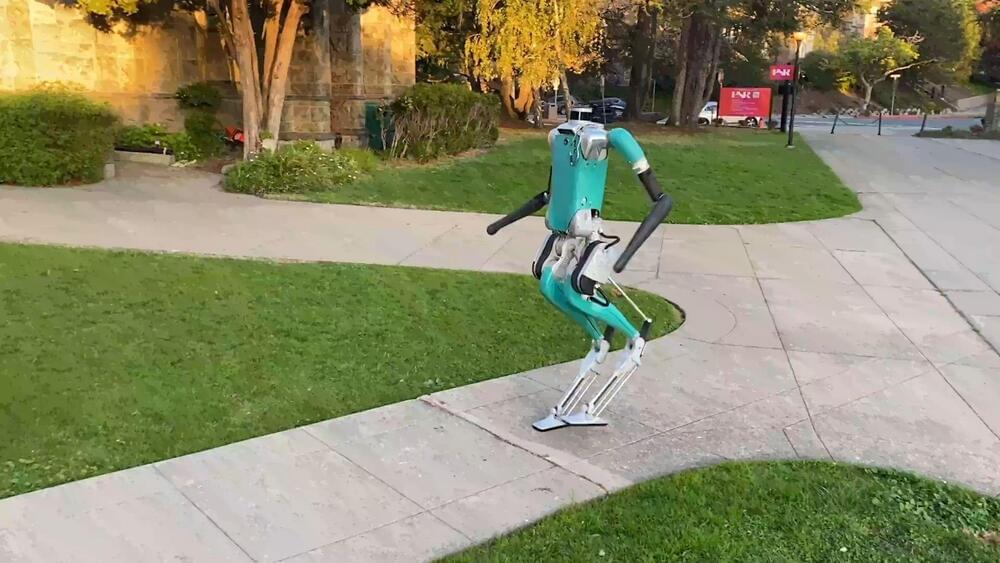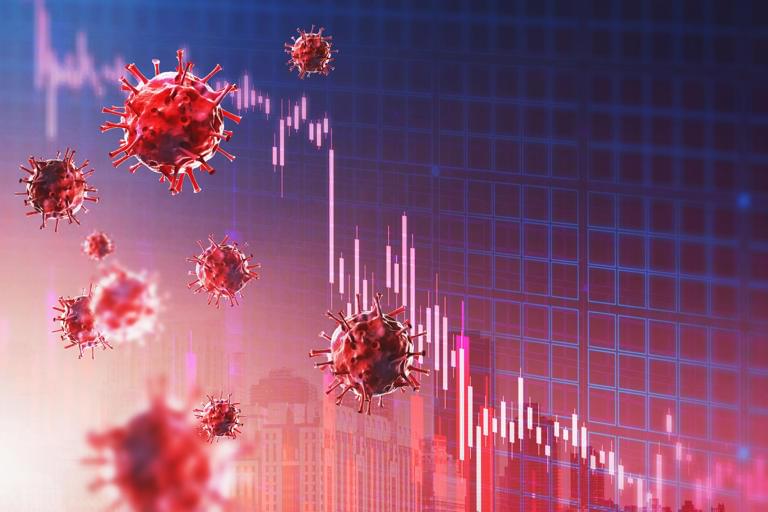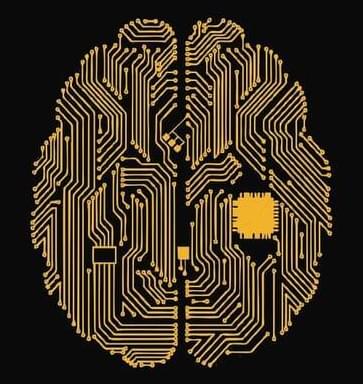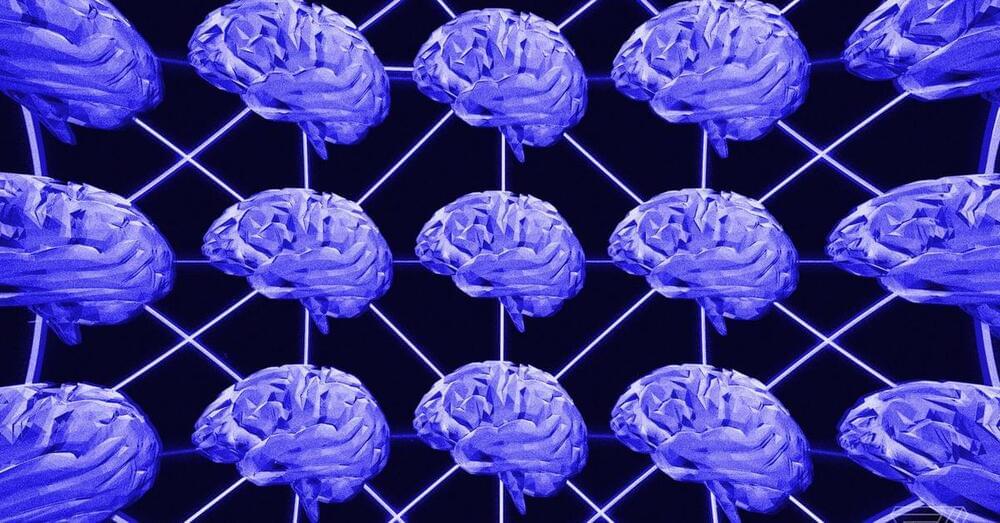“The R in R30 stands for Revolution; we decided to offer something radically different, radically better,” say the creators of the boat.
The Blue Innovations Group, founded by the former Global Head of Manufacturing at Tesla, has officially launched the R30 electric boat.
John Vo, founder and CEO of the Blue Innovations Group, proudly introduced the R30, emphasizing its radical departure from conventional boat designs.
Vo highlighted the distinctiveness of the R30, stating, “The R30 was designed from scratch. We threw out the playbook most boatbuilders follow because if you squint your eyes at a boat show, most boats look the same. The R in R30 stands for Revolution; we decided to offer something radically different, radically better.”







